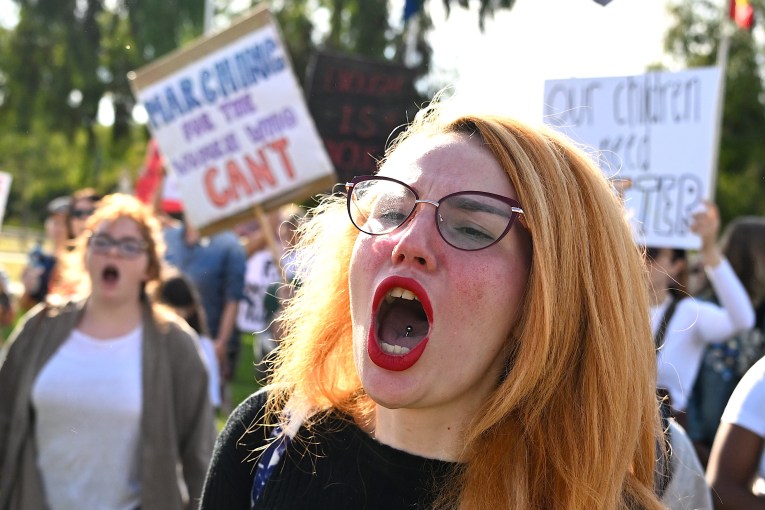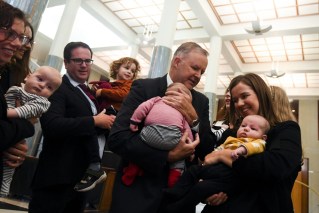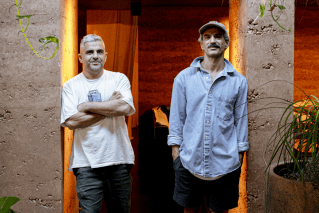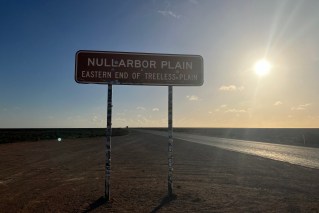How Noosa’s ‘fun police’ rules could be more about keeping the rest of us out
Are the residents of Noosa and Byron Bay trying to keep people out of their stretch of paradise? Is this snobbery or a new type of social conservatism? John McCarthy reports.

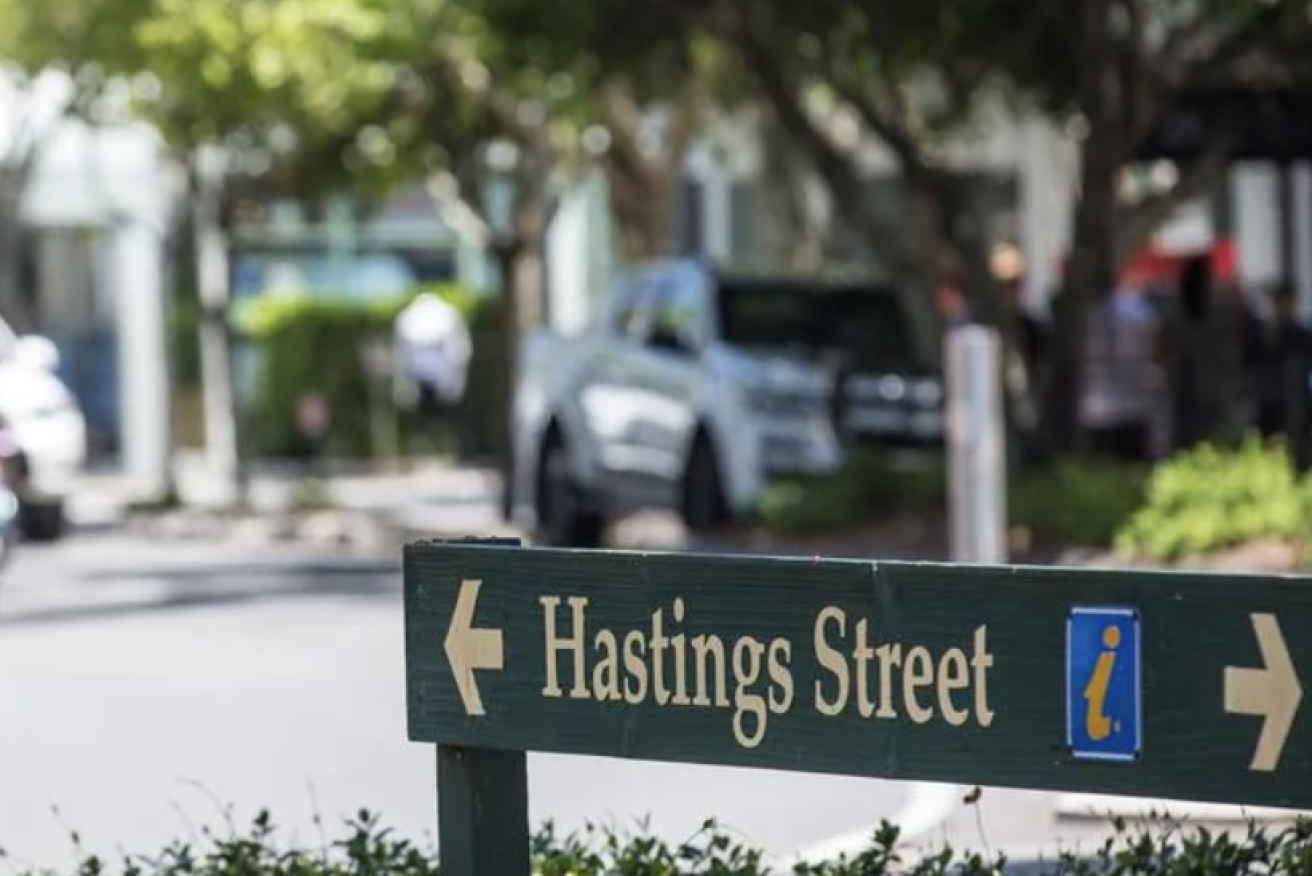
The Fair Work Ombudsman has revealed that a number of restaurants within the Noosa Council precinct are being investigated over possible wage thefts. (Photo: supplied)
Noosa does tend to get a bad rap about its protective policies but an outsider could look at what’s happening there as an attempt by its council to lock the region away from the population and tourism pressures the south east is facing.
And why not? They have found themselves a little piece of heaven. Why not build a wall and protect what they have?
But a new report from the University of Queensland has raised some intriguing questions and findings as governments at all levels grapple with the housing shortage and the impact of short-term accommodation in tourist areas.
It asks whether Noosa and its NSW counterpart, Byron Bay, are just trying to keep people out with their restrictions on short term rentals on sites like AirB&B and Stayz.
It also points out that nationally short-term rental listings had fallen dramatically in recent times, but were strong in many areas of Queensland. And it found that Noosa’s actions have had a mixed success with the number falling by 117 between 2019 and 2023 and it remains in the top 20 regions for short term rentals.
There is no doubt short-term rentals have had significant impacts in places like Noosa and Byron Bay and residents in these high-profile towns and their councils have decided to lift the drawbridge and put limits on holiday rentals, which nationally rose to 300,000 listings before the pandemic.
The public reaction to short term accommodation has been based around traffic and noise along with the lack of suitable housing for tourism industry workers who are normally at the lower end of the pay scale.
According to a study by UQ academics Thomas Sigler and Zhenpeng (Frank) Zou, short-stay listings in Australia are down more than 15 per cent on pre-pandemic numbers and that the market really only benefitted hosts under certain conditions like location, size and property type.
The academics said this showed than any policy decisions needed to reflect local conditions, which is probably why councils have been the ones to take up the fight.
Noosa introduced a code of conduct for short-term accommodation which put a lot of restrictions on short-term rentals. It’s a long list and includes bureaucratic approvals and procedures, but it also has bans on loud cheering, clapping and yelling on decks or verandahs. There was also a guide to the length of stay of renters because of issues surrounding the first night partying.
When it was announced it seemed like the fun police had arrived.
Byron Bay has brought in a restriction on the number of days a short term accommodation property can be rented to 60 days in one year. That’s basically the major summer holiday months of December and January.
“While such restrictions might ensure peace and quiet for residents of areas like Byron Bay’s exclusive hinterland estates, we are unconvinced at this stage that caps and levies significantly move the needle on housing supply or affordability in Australia,’’ the UQ academics said.
“What’s more, such measures may reflect thinly-veiled NIMBY efforts by residents of affluent suburbs to restrict access to their neighbourhoods by non-locals,’’ they said.
Ouch! For academics, that’s pretty outrageous stuff.
But in the case of Noosa it’s not just about short term rentals. Its council fired up over changes to the State Government’s planning guidelines because it predicted a surge in Noosa’s population.
It has also toyed with holding back the tide of visitors to the region. It released a discussion paper last year in which it raised the idea of a booking system for the national park. A survey of residents also revealed the vast majority believed the influx of people disrupted their lives, especially in terms of traffic, parking and access to facilities.
Noosa does have a flood of visitors to deal with. Each year about two million visitors a year pour into the region spending $1.7 billion. By far the biggest number of visitors are from Brisbane.
The fight initiated by Noosa led the State Government investigating the issue and found that short term accommodation was not the reason rents had spiked.
And the UQ report said it appeared higher rents and property prices in our big cities could be making short-term rentals less attractive for owners and investors.
The number of properties available on the short-term market is down 21,000 nationally with big falls in places like Bondi, Nelson Bay and Tamarama.
The report by UQ also found that there was a growing professionalism in the short term rental market. In other words, it’s no longer just mums and dads looking for some extra cash.
The decrease in listings on sites like AirB&B and Stayz is patchy and in many places listing grew during the pandemic.
The short-term market grew between 2019 and December 2023 in Surfers Paradise (north), Mermaid Beach, Townsville, Bargara and Maroochydore.
Byron Bay’s short-term market has fallen through the floor with the loss of 744 properties.
Victoria’s Point Nepean has lost 547 properties, Phillip Island was down 429 and Melbourne CBD also lost 315 in its northern sector, 303 in the east and 426 in the west.
Sydney appeared to have a bigger impact with falls in Haymarket (805), Bondi (1137), Millers Point (611), Surry Hills (595), Woolloomooloo (542) and Glebe (333).
